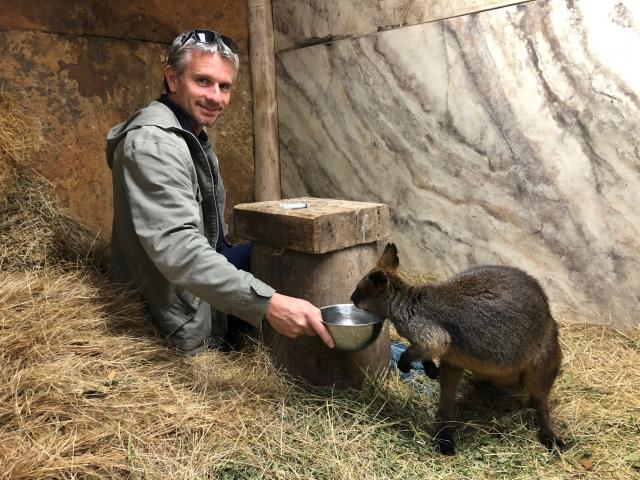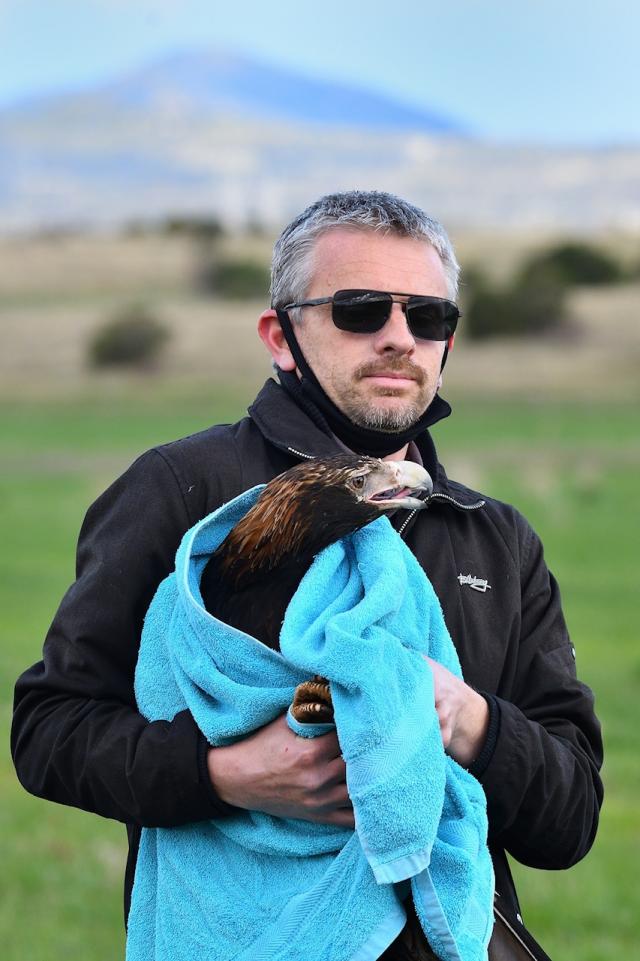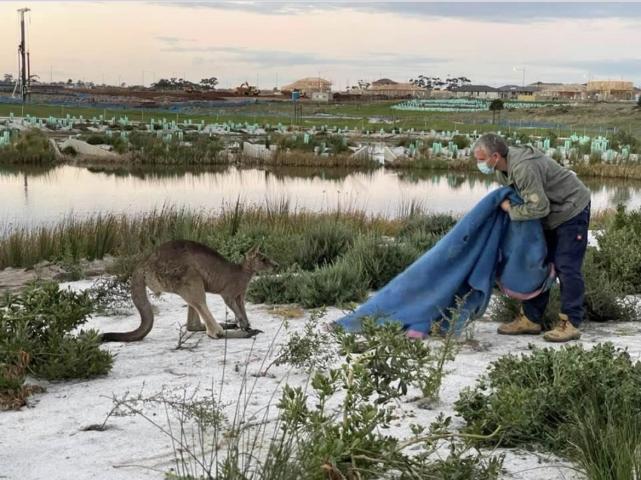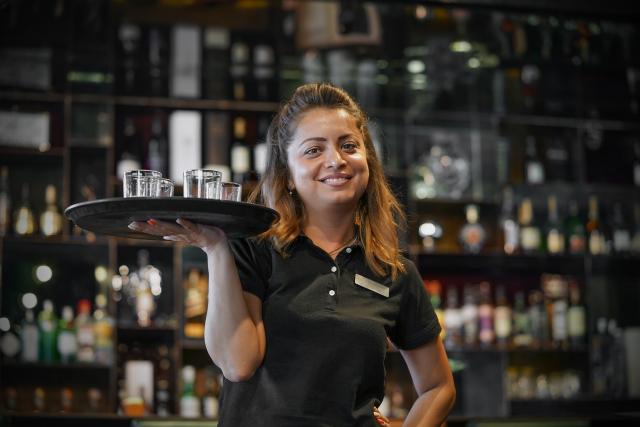Volunteers across the state are feeling the heavy strain of increasing service demands and the burgeoning cost of living, and some fear they will soon be forced to give up dedicating their time for financial security, as Fatima Halloum learns.
“You wouldn’t hit someone’s pet dog while you’re driving and keep going, would you?”
It’s a rhetorical question asked by Sue Anderson, a Wildlife Victoria volunteer for more than 22 years.
Part of Ms Anderson’s role in the organisation involves responding to call outs relating to hurt or distressed animals, like a displaced kangaroo in suburbia or ones that have been injured by being hit by a vehicle.
“A lot of people don’t even bother ringing, they’ll hit them and they leave them, [but] If they saw what I saw, they wouldn’t do that,” Ms Anderson said.
“If a vehicle hits them in the face or smashes their jaw, the poor things will starve to death slowly. As they get sicker and weaker I have even seen the foxes starting to eat them alive.
“[If] they break their legs, the bones are often protruding or the injury might swell up with infection to double the size and eventually go black and get covered with maggots.“
Often joeys are left alive in the pouches of the females and will die from hypothermia if not found in time.
The Wildlife Emergency Response Line is a free service offered to all Victorians, and volunteers are on call each day, seven days a week.
As we move into the busy spring-summer period, the organisation is expecting to receive about 300 calls a day, placing additional strain on an already fragile service.
“There’s more people, they’re expecting more from us … there’s not enough [volunteers], because most people have to go to work to survive and pay their bills,” Ms Anderson said.
Ms Anderson works with many volunteers across the state, including Trevor Crawford, who says he joined Wildlife Victoria because he loves animals.
“I find that it gives me direction and a purpose to be out there helping,” he said.
“It tends to take up your entire day most days, but unfortunately that also means no time to work, so you have zero money coming in and no financial support to do these rescues.”
Mr Crawford also runs his own security company which he often takes a backseat to his animal rescuing.
“It’s almost become a full-time thing because of … the number of rescues we’re getting lately,” he said.
“I get calls all the way to Daylesford, through the outskirts of Ballarat, the outskirts of Geelong and Melbourne’s western suburbs.“
Altercations with native wildlife was once reserved for dusty gravel roads deep in the Australian outback, but as housing development pushes further into animals’ habitats, their contact with humans is becoming more regular.
“Talking to rescuers who have done this for 20-plus years, they all are saying that rescues have never ever been anything close to this busy before,” Mr Crawford said.
“We have such unique native animals … people travel from all over the world to see them and yet we look at them as if they’re a pest.
“But also they’re suffering, they’re … lovely to be around … and to leave them on the side of the road with their legs smashed to bits, dying slowly over days or weeks, nobody would want that for their family pet.”
Mr Crawford believes the volunteers’ work is essential, but says it’s unfortunate their work is unrecognised.
“The people that take the calls and send the people out is funded by donations, but rescuers aren’t [paid],” he said.
“The problem is the only people that are able to [volunteer] are people who have that financial backing behind them already, or people that are retired, so they’re not going to be rescuing for very long anyway.“
Younger volunteers tend to rescue until they run out of money, Mr Crawford says, and with inflation affecting food, gas and mortgage, many volunteers are already struggling.
“It’s not sustainable for us … I think at a bare minimum costs need to be covered, you’re at least breaking even, then you’re not chewing into your savings,” he said.
A spokesperson for the Department of Environment, Land, Water and Planning said the department believes the work that wildlife shelters and foster carers do is “critically important to help rehabilitate injured and orphaned wildlife“.
“To give them a hand helping, the Victorian government is providing $230,000 to support wildlife rehabilitators in Victoria as part of the Wildlife Rehabilitator Grants program,“ the spokesperson said.
“Wildlife shelter operators and foster carers can apply for grants of up to $3000 for equipment, infrastructure, consumables, education and training.“
Currently, the organisation relies on funding from, businesses, philanthropic trusts and foundations, bequests, project grants and the kindness of individual donors.
There are non-monetary ways people can help too.
If you witness an animal in anguish, there are a few ways to make the rescue process easier for volunteers.
“We can search for hours and hours and not find the animal because it’s lying in the grass,” Mr Crawford said.
“If you see an animal, stop, mark your location [by] getting a pin drop on google maps or tying something to a tree … and then call Wildlife Victoria, it makes it a hell of a lot easier for us.”
Details: 8400 7300









